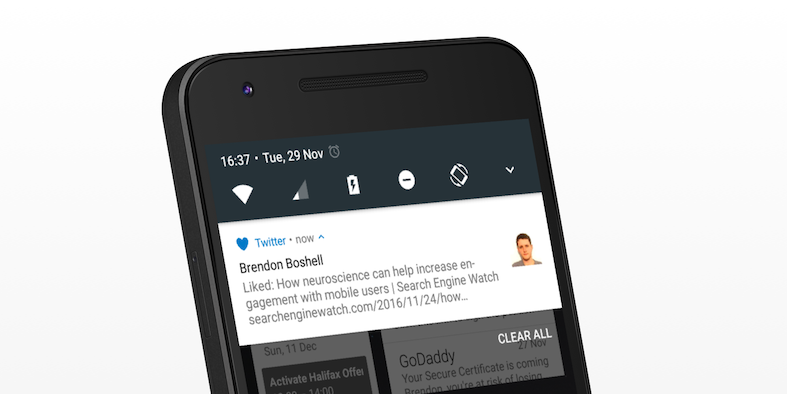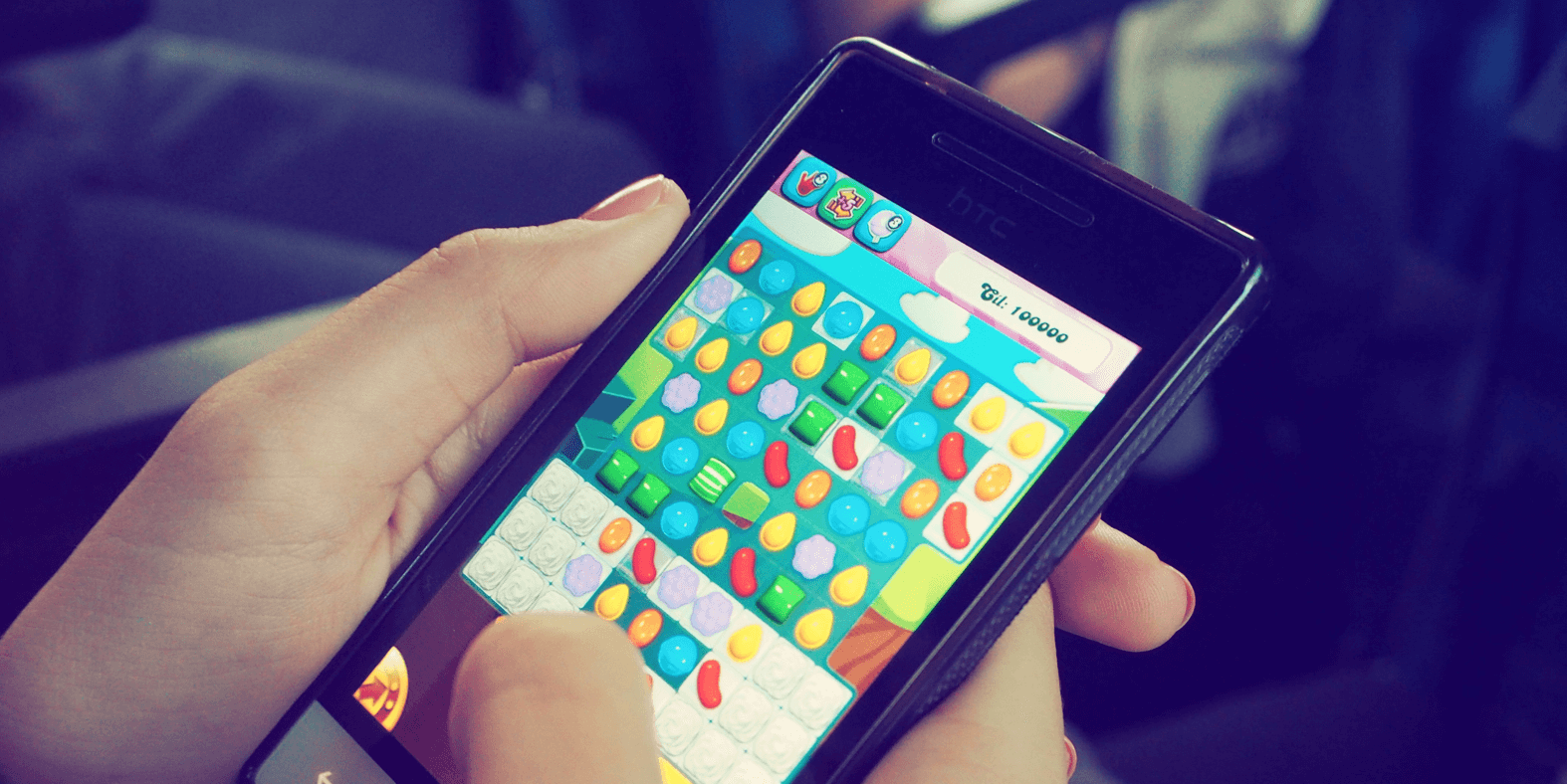Push notifications are a great way to communicate with your mobile app users and can lead to an increase in engagement, retention and user satisfaction. It is likely that your mobile app already uses push notifications and you will have already seen the benefits the messaging medium can bring.
But there are a number of things you can do to squeeze a little more juice out of your push notification strategy. In this blog post, we explore a number of tips that are worth considering.
Segmentation
Segmentation helps you deliver messages to the right people. Almost every mobile marketing platform that delivers push notifications will support some form of segmentation. Here are some tips to ensure you get the most from this powerful targeting technique:
- Send messages to specific segments. Generally speaking, you should send targeted messages to specific segments of your audience. This compares with ‘broadcast’ push notifications you send to all users. Since you do not want to bombard your users with irrelevant notifications that will annoy them or make them immune to your messages, you need to ensure each communication is highly relevant to the users that receive it.
- Segmented push notifications are more popular. A report published by Localytics at the end of 2015 found over 65% of push notifications are sent to segments rather than broadcast to all users. Their work also shows that open rates are increasing significantly.
- Use geotargeting to segment by country or location. Geotargeting is a basic segmentation technique allowing you to target your message to a specific country. This strategy can help ensure your message is geographically and culturally relevant. For some mobile apps, including retail orientated apps, geofencing is a wise strategy. Geofencing defines a small geographic region around a store or point of interest, which you can target with push notifications.
Personalization
Personalization adjusts the content of your message to make it more appealing to the user. This technique can help you increase open rates.
- Personalize your push notifications. Personalization is more than just adding a user’s name to your message. Segmentation determines whether a message is relevant to the user, but personalization is all about communicating the message’s relevance. In an ecommerce mobile app, a user might look at a particular product and you might use a push notification to offer a discount code if they do not purchase within X hours. You can personalize this message by including the product name or a picture of the product in the message.
- Tailor messages using a range of user data. For a content based mobile app, using the content that a user has viewed to tailor a push notification is very sensible. But it is worthwhile considering how you could use other user data to personalize your message. Location, demographic, device and behavioral data can all be used to craft a personalized message that yields a higher open rate.
- Personalized push notifications have a 4x higher open rate. Leanplum’s research shows that push notifications containing a personalized message have a 4x higher open rate than generic notifications. This demonstrates just how powerful personalization is.
Opt Ins
An opt in (asking for the push notification permission) is necessary before you can deliver messages to a user’s device. It is important this critical step is not overlooked because it will impact the number of users you can message.
- You only get one chance at an opt in. Before you can send push notifications, you must display the “App would like to send you push notifications” prompt. If the user clicks ‘Don’t Allow’, it is gameover. There is no way to prompt the user again and the only way the user can opt in is by manually adjusting their settings. And that, realistically, will never happen. So it is extremely important you get the timing just right.
- Prompt the user at the right time. Do not prompt the user just after they install your mobile app. They are more likely to hit ‘Don’t Allow’ because at this time they are most skeptical. The more engaged the user is, the more likely they are to opt in to push notifications. So defer the prompt until the 3rd or 4th session.
- Use the ‘soft ask’ pattern. The soft ask approach first displays an in-app dialog asking the user if they would like to receive push notifications. Only if the user agrees does your app show the permissions prompt. This ‘double opt-in’ approach ensures you can ask for permissions again in the future, even if the user clicks ‘Don’t Allow’ in the first dialog. It also gives you an opportunity to explain the benefits of push notifications to your users.
Types of Message
You can use push notifications to deliver a number of different types of message. Certain types of message suit particular categories of mobile app, but it is worth considering the different options available.
- Send push notifications for social interactions. If your mobile app has a social dimension, push notifications about other people can be extremely powerful. Facebook, for example, sends push notifications for incoming messages, group feed updates and when one of your friends is unexpectedly in town. These kinds of highly relevant, social orientated messages have extremely high open rates.
- Ask users to complete their purchase. There may be some tasks in your mobile app that have multiple steps. In an ecommerce app, a purchase needs the user to add a product to their cart, provide their delivery details and finally enter payment details. But users can drop off at any stage in this process, so it is important to send reminder push notifications to ask them to complete. These cart abandonment notifications are a great way to boost conversions, but are also useful in non-retail mobile apps.
- Send promotions and time sensitive offers. Push notifications are a great way to let your users know about a promotion. You can use the segmentation and personalization techniques to ensure your promotions are getting to the right people. This allows you to target unconverted users with special promotions, for example. Time sensitive offers, including flash sales, work particularly well on this medium.

